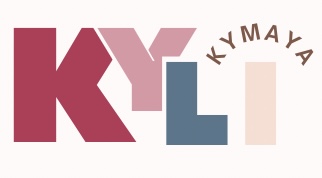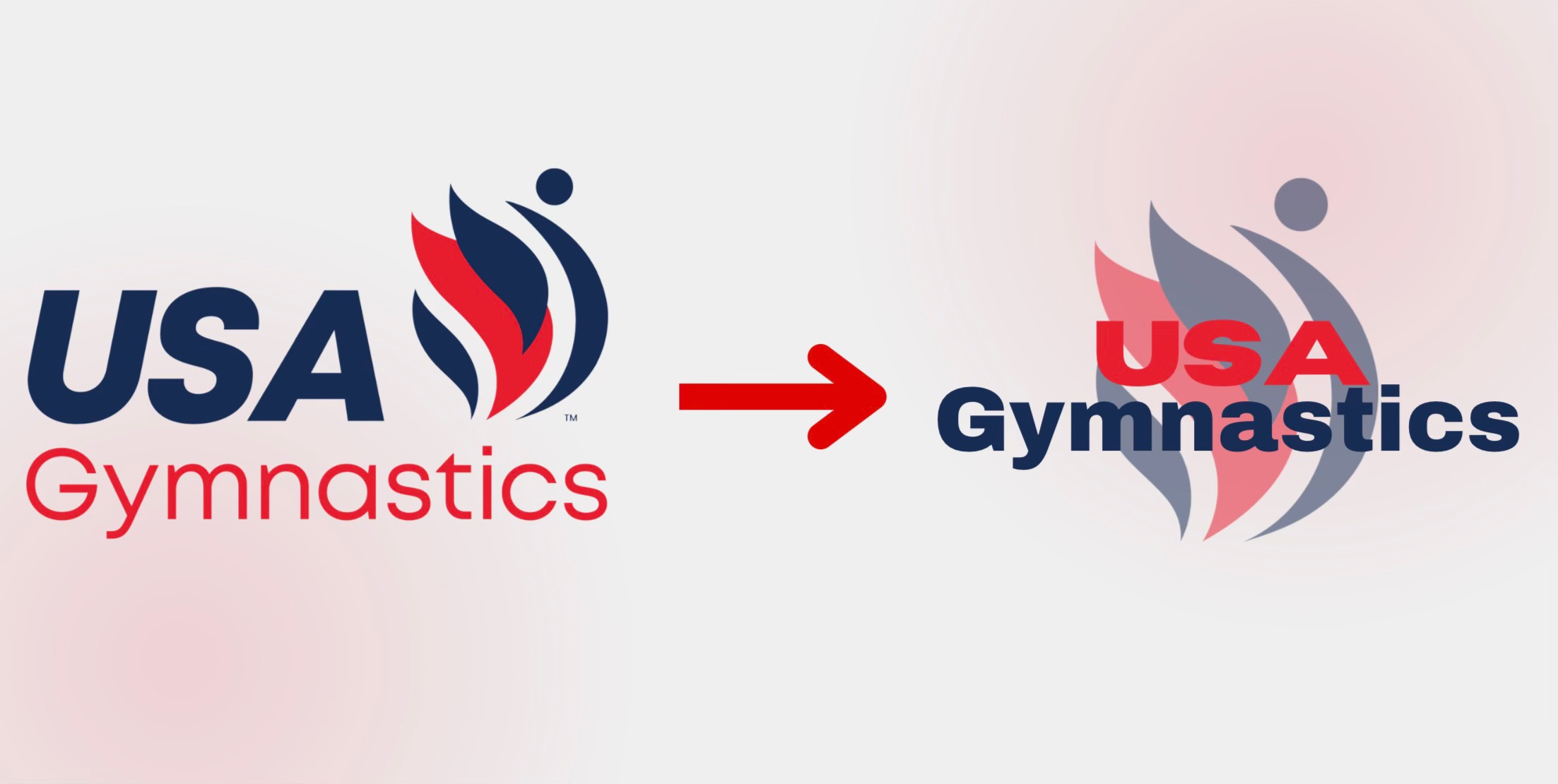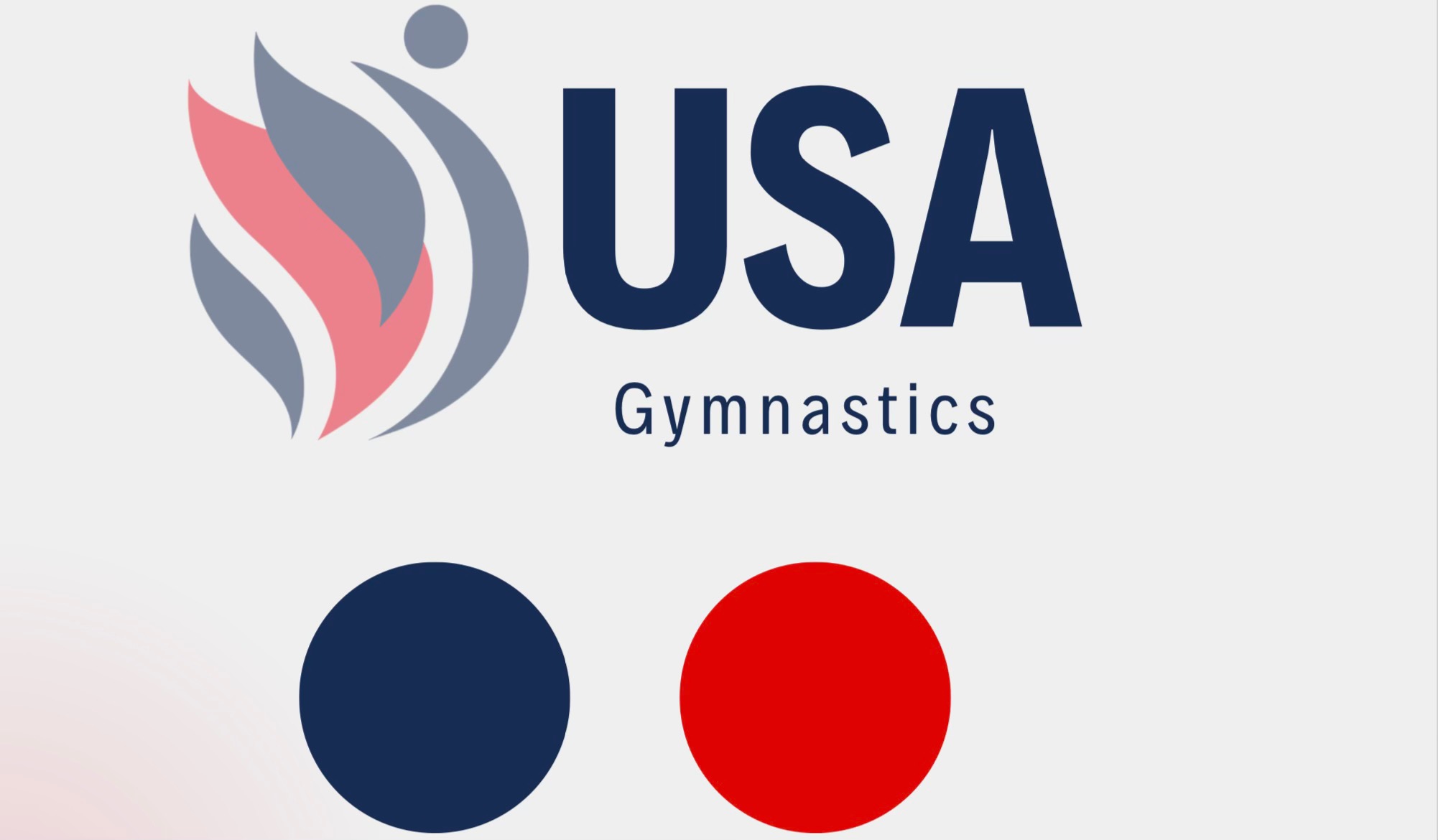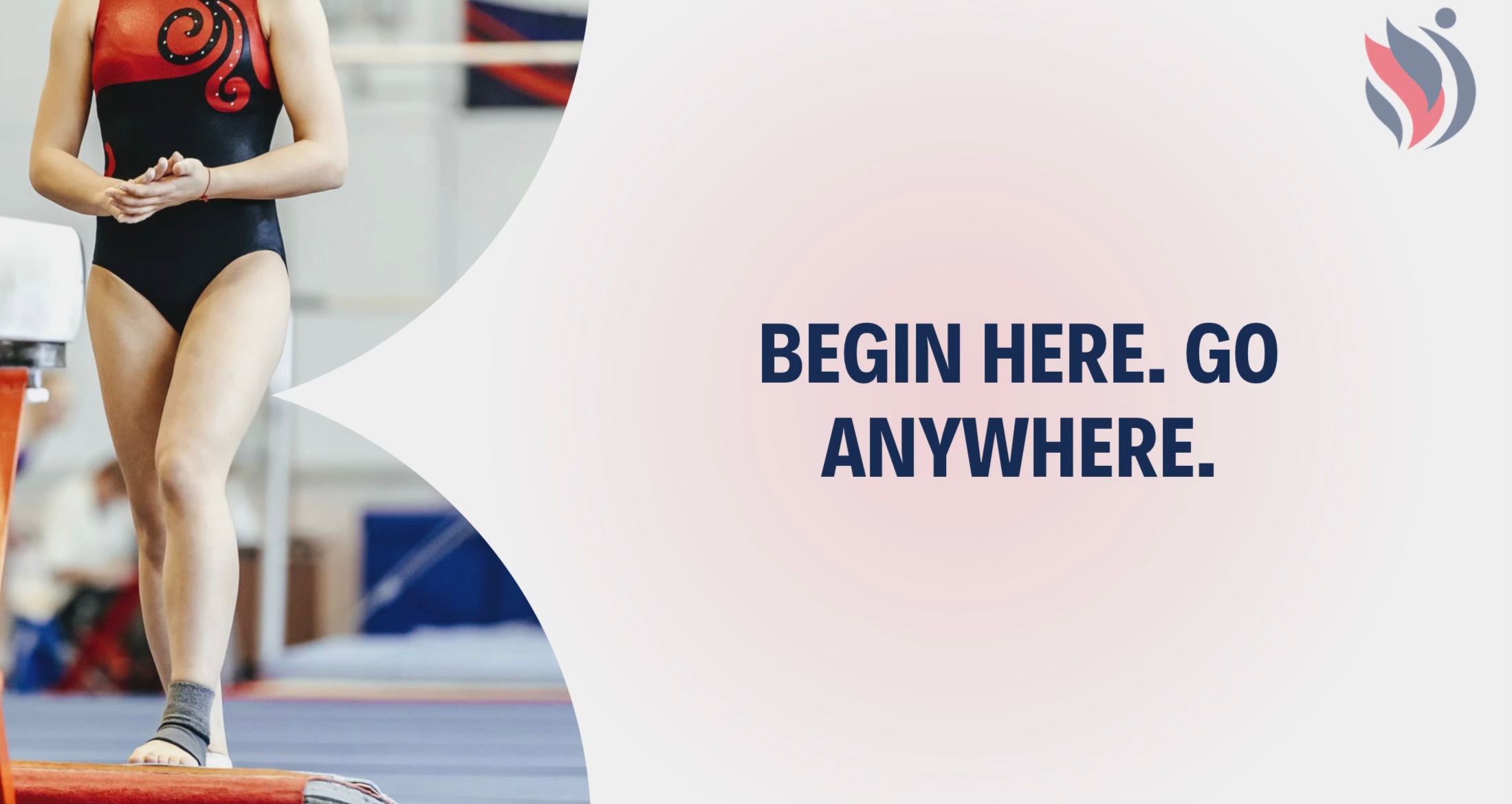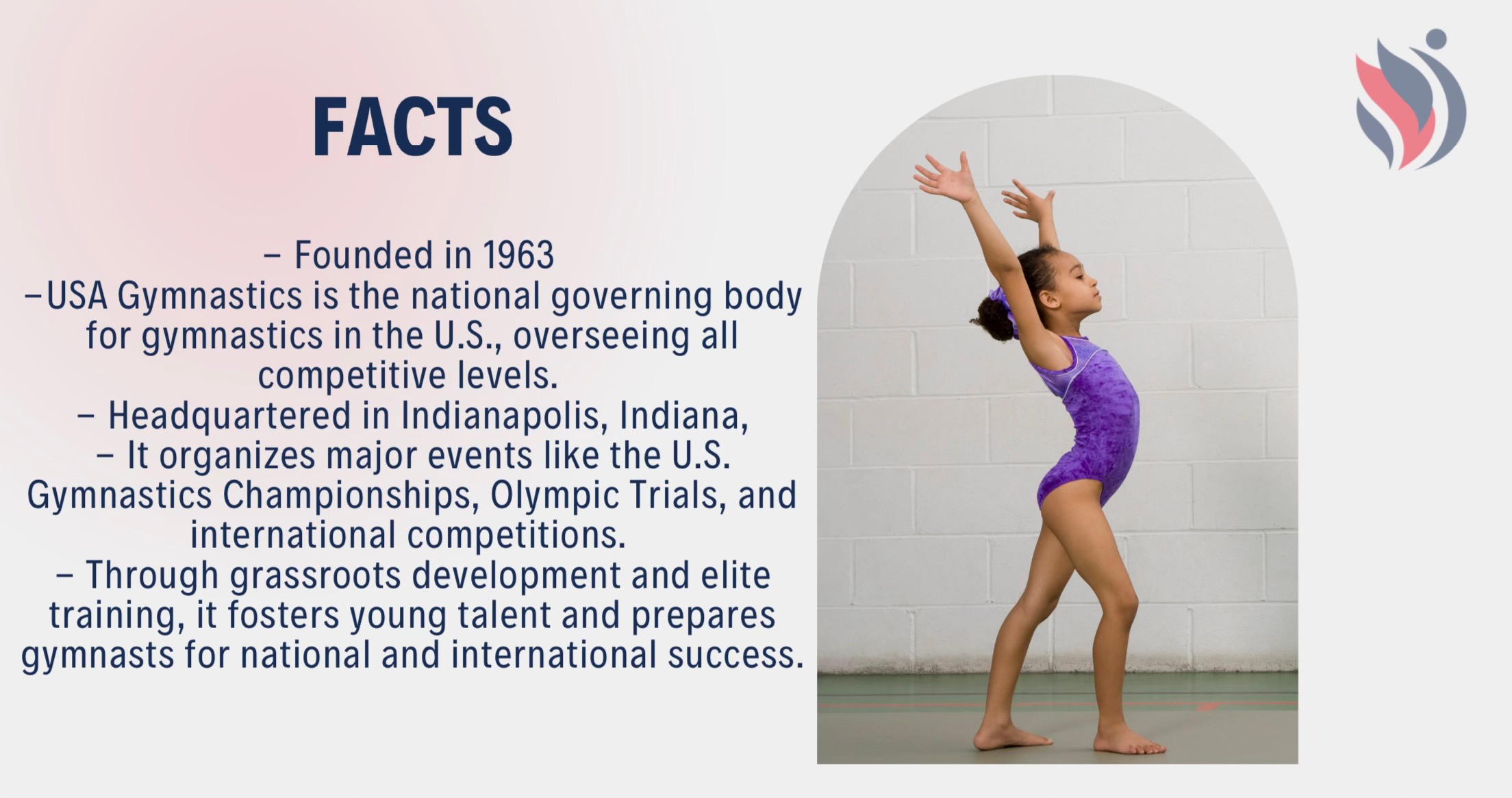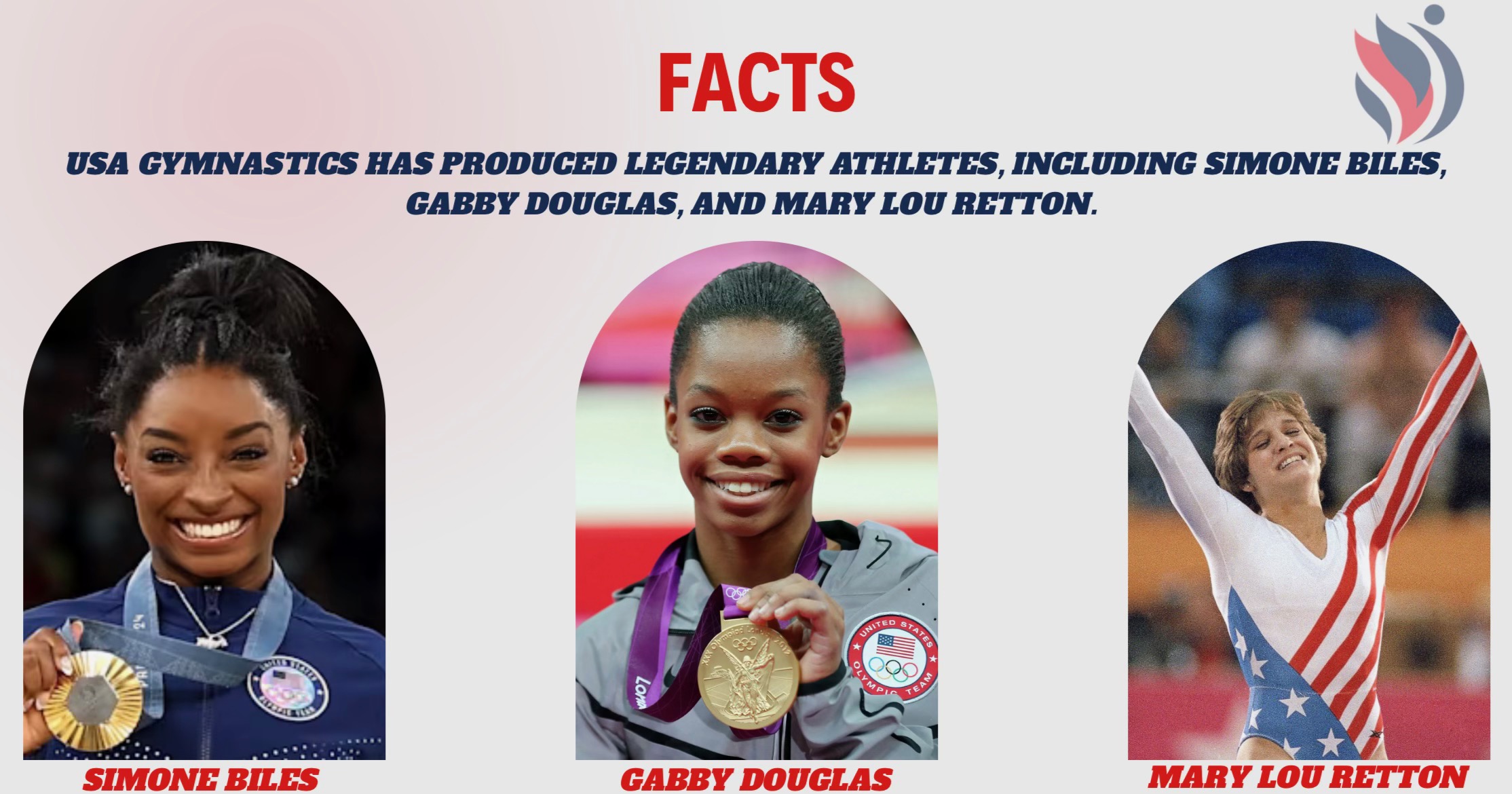USA Gymnastics
History
Founded in 1963, USA Gymnastics oversees competitive programs, athlete development, and national events. The organization gained prominence in the 1970s and 1980s, with Mary Lou Retton’s historic all-around gold in 1984 cementing the U.S. as a global force. The 1990s and 2000s brought continued success with stars like Shannon Miller, Dominique Dawes, and Nastia Liukin, while Simone Biles’ dominance in the 2010s further solidified U.S. gymnastics’ elite status. Facing major challenges in the late 2010s, including athlete safety scandals, USA Gymnastics restructured to prioritize well-being, safety, and integrity. Today, it remains committed to developing gymnasts at all levels, from grassroots to the world stage.
Values
- Athlete Well-Being
- Integrity
- Excellence
- Inclusion
- Community
- Innovation
Target Market
USA Gymnastics primarily targets young athletes, typically ages 4-18, who aspire to compete at recreational, collegiate, or elite levels. It also serves parents seeking structured, high-quality training programs for their children. Coaches, gym owners, and trainers are another key audience, relying on USA Gymnastics for certification, resources, and competition pathways. Secondary markets include sports fans, sponsors, and media partners, who contribute to the organization’s visibility and financial growth. Expanding outreach to underserved communities and increasing accessibility for diverse socioeconomic groups can help USA Gymnastics grow its participant base and strengthen its influence in the sport.
Competitive Analysis
USA Gymnastics competes with FIG, AAU Gymnastics, and NCAA Gymnastics, which offer alternative training and competition pathways. Private gymnastics academies also develop elite athletes independently. Indirect competition includes cheerleading, dance, acrobatics, parkour, and Ninja Warrior, atracting young athletes with similar skill sets.
Despite the competion, USA Gymnastics remains the official governing body, producing top-tier athletes and hosting prestigious events. However, it faces reputation issues, accessibility barriers, and diversity challenges. To stay competitve, it must rebuild trust, expand outreach, embrace technology, and secure stronger sponsorships.
SWOT Analysis
Strengths
- Established Reputation: Governing body with a history of Olympic champions.
- Elite Training: High-quality coaching, facilities, and athlete resources.
- Global Recognition: Consistently excels in international competitions.
- Youth Development: Strong pipeline programs fostering early talent.
- Event Hosting: Expertise in national and international competitions.
- Support Network: Education, coach certification, and safety protocols.
Weaknesses
- Reputation Damage: Scandals have eroded trust.
- Legal & Financial Strain: Ongoing lawsuits and settlements.
- Diversity Issues: Limited access for underserved communities.
- Governance Criticism: Leadership decisions face scrutiny.
- Cost Barriers: High expenses limit accessibility.
Opportunities
- Athlete Safety: Strengthen wellness programs to rebuild trust.
- Diversity Outreach: Expand access in underserved communities.
- Partnerships: Collaborate with sponsors and media for growth.
- Tech Integration: Use analytics and virtual training tools.
- Grassroots Growth: Strengthen community and school programs.
- Global Events: Host major competitions to boost visibility.
Threats
- Global Competition: Other nations are investing more in gymnastics.
- Economic Strain: High costs may reduce participation.
- Public Scrutiny: Past issues could hurt sponsorships.
- Rival Sports: Alternative sports may draw attention away.
- Regulations: New laws could add compliance challenges.
- Tech Lag: Falling behind in training and fan engagement.
